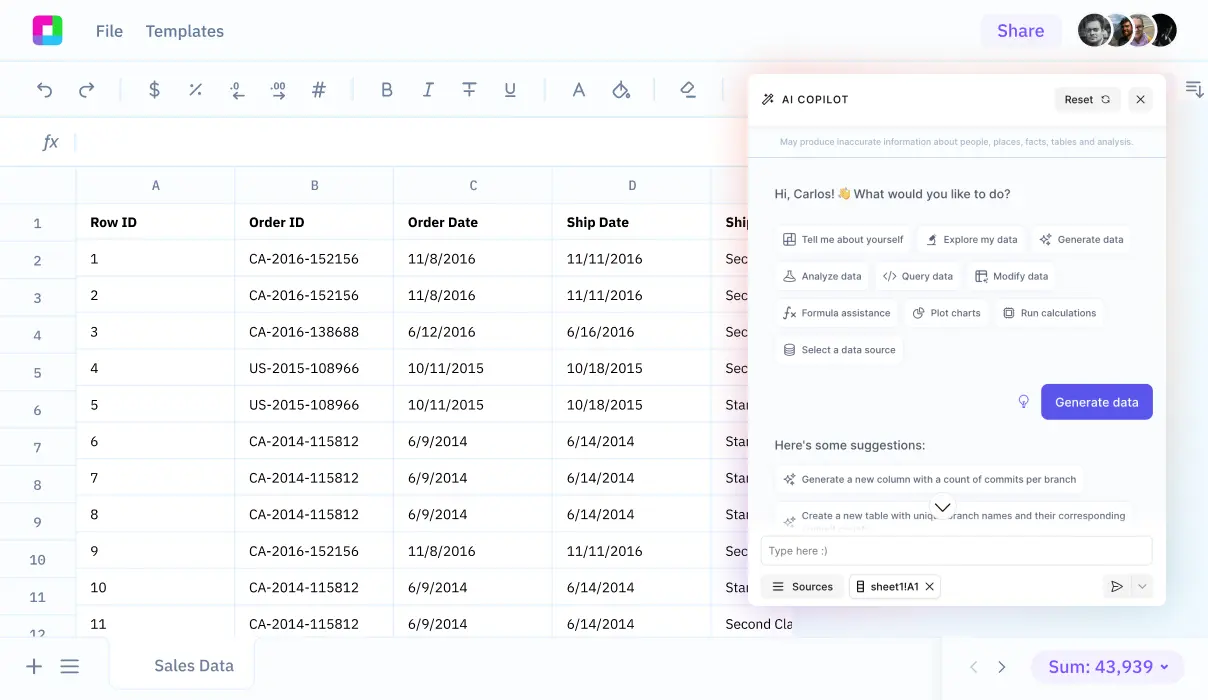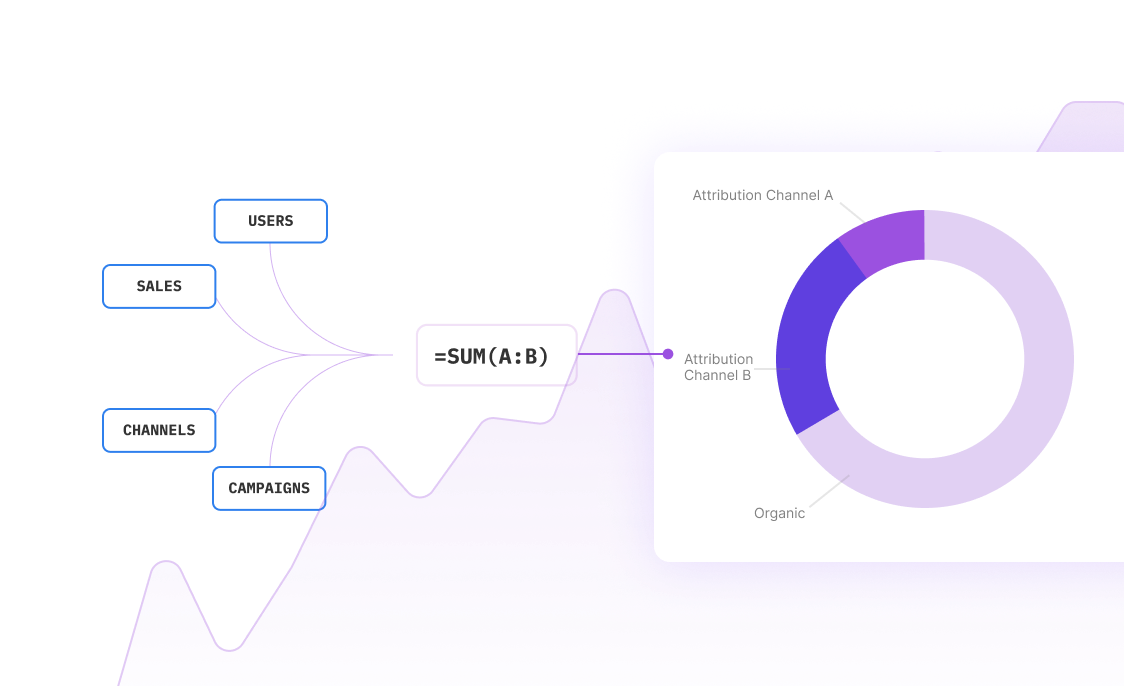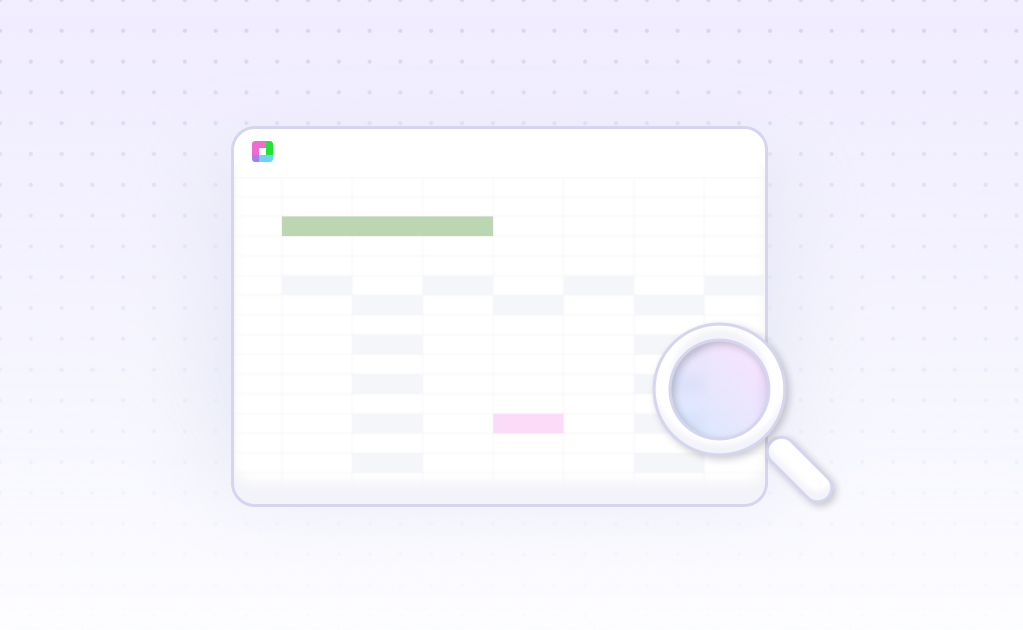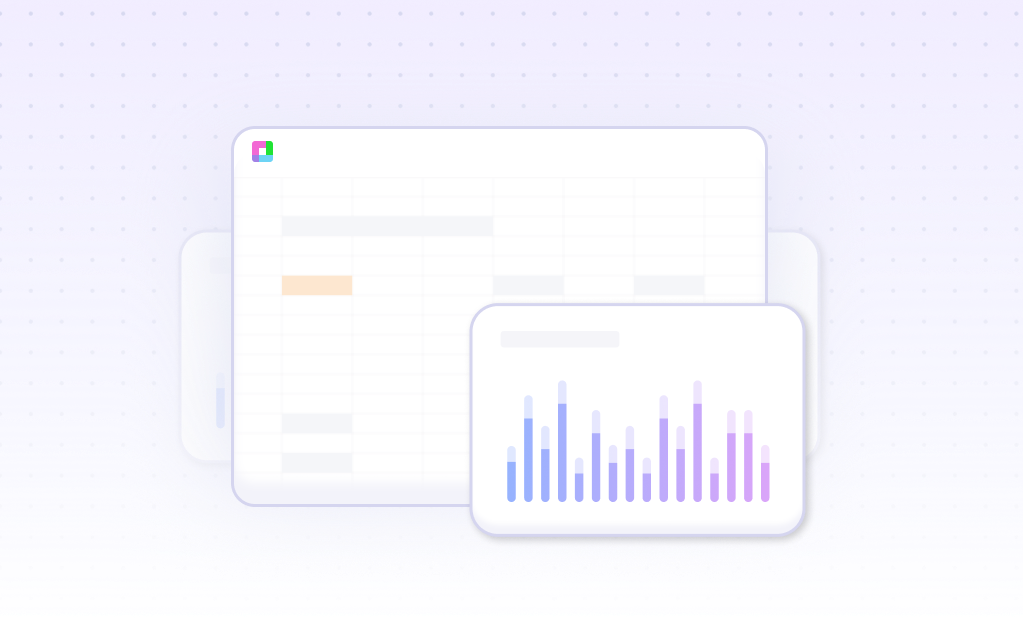
Introduction
Survival-time analysis is a critical statistical method for analyzing time-until-event data. While Excel offers traditional methods for creating survival curves through step charts and Kaplan-Meier analysis, modern AI-powered alternatives like Sourcetable streamline this process. Sourcetable combines Excel's functionality with AI-driven automation, generating complex formulas and visualizations automatically.
Traditional Excel survival analysis requires manual data manipulation, including copying values, sorting ranges, and creating scatter plots with straight lines. Sourcetable eliminates these manual steps by automating spreadsheet tasks and providing AI-driven formulas and insights. Its integration with SQL and Python enables advanced statistical analysis, while its automated chart generation simplifies data visualization.
Discover how Sourcetable revolutionizes survival-time analysis with AI-powered automation at sourcetable.com/signup.
Why Sourcetable is Superior for Survival-Time Analysis
Sourcetable provides specialized survival analysis tools that Excel lacks, including the Kaplan-Meier method for estimating survival probability and generating survival curves. Its built-in statistical capabilities enable sophisticated analysis of skewed survival data that rarely follows normal distribution patterns.
Unlike Excel's basic pivot tables, Sourcetable offers specialized nonparametric tests and logrank analysis for comparing survival times between groups. The platform calculates hazard ratios to estimate relative risk across different treatments, providing deeper analytical insights.
Sourcetable's AI capabilities automate complex calculations and identify patterns in large survival datasets. The platform maintains statistical validity and power while simplifying the analysis process through natural language commands. This combination of automation and specialized survival analysis tools makes Sourcetable the optimal choice for survival-time studies.
Benefits of Survival-Time Analysis Using Sourcetable
Survival-time analysis provides crucial insights when studying time intervals between exposure and events in clinical research. The Kaplan-Meier method delivers survival probability estimates across multiple time intervals and generates visual representations of survival patterns. Researchers can compare survival curves between groups using the log-rank test.
Why Choose Sourcetable for Survival Analysis
Sourcetable offers powerful advantages over Excel for survival analysis. While Excel relies on pivot tables for data summarization, Sourcetable provides comprehensive analysis capabilities with AI assistance. The platform enables easy data organization, visualization, and analysis of CSV files with superior speed and reliability.
Sourcetable's user-friendly interface streamlines the survival analysis workflow, allowing researchers to focus on interpreting results rather than managing spreadsheet mechanics. Its visualization tools help researchers present survival data effectively, enhancing the communication of research findings.
Survival Analysis Examples with Sourcetable's AI Spreadsheet Platform
Sourcetable, an AI-powered spreadsheet alternative to Excel, enables sophisticated survival-time analysis through its integration with scikit-survival models including kaplan_meier_estimator, nelson_aalen_estimator, and CoxPHSurvivalAnalysis.
Clinical Trial Analysis
Researchers can create Kaplan-Meier curves to visualize drug trial survival data. Sourcetable's AI copilot assists with statistical analysis while automatically syncing and updating trial data in real-time.
Medical Research
Healthcare teams can analyze patient survival rates using Sourcetable's natural language processing to query complex datasets. The platform leverages cloud computing to process large medical datasets instantly across geographical regions.
Engineering Reliability
Engineers can assess product reliability and lifespan through survival analysis. Sourcetable's 500+ formulas and 3D visualization capabilities enable comprehensive reliability testing without coding expertise.
Business Analytics
Organizations can analyze customer retention through Kaplan-Meier curves using data from integrated business applications like Stripe, Zendesk, and Hubspot. Sourcetable's AI helps generate insights from both structured and unstructured business data.
Survival Analysis Use Cases with Sourcetable
Drug Relapse Studies |
Analyze patient relapse times using |
Return-to-Work Analysis |
Track employee burnout recovery periods using |
Dental Treatment Longevity |
Study dental filling durability with |
Medical Treatment Effectiveness |
Evaluate treatment outcomes using Harrell's concordance index. Automate survival probability calculations and create comparative charts of different medical interventions. |
Frequently Asked Questions
What is survival-time analysis?
Survival-time analysis is a branch of statistics that analyzes the expected duration of time until a specific event occurs. Common events include death in biological organisms, mechanical failures in engineering, customer churn in business analytics, and loan defaults in finance. It's also known as reliability analysis in engineering and duration analysis in economics.
What are the main applications of survival-time analysis?
Survival analysis is valuable for any project involving time-based data analysis. Common applications include hardware failure prediction, customer analytics, product analytics, unit economics, human resources analysis, engineering and support ticket analysis, loan repayment analysis, and inventory management.
How can I perform survival-time analysis in Sourcetable?
Sourcetable offers several methods for survival-time analysis: the Kaplan-Meier method for estimating the survivor function, the logrank test for comparing survival between groups, and Cox (proportional hazards) regression. The platform can also perform multivariate survival analysis to adjust for confounders.
Conclusion
Survival-time analysis, also known as time-to-event analysis, provides essential techniques for estimating event occurrence timing. While Excel offers traditional step-chart creation through its scatter plot functionality, modern AI tools streamline this process. Sourcetable's AI-driven approach combines Excel's functionality with automated formula generation and chart creation, making survival analysis accessible without extensive spreadsheet expertise.
Sourcetable automates the complex Excel steps required for survival-time analysis. Instead of manually copying values, sorting data, and configuring scatter plots, Sourcetable generates charts and formulas automatically. Its integration with SQL and Python enables advanced statistical analysis, while voice commands and automated data cleaning further simplify the workflow.
Experience how Sourcetable revolutionizes survival-time analysis - try it now.
Recommended Analysis Guides
Connect your most-used data sources and tools to Sourcetable for seamless analysis.
Frequently Asked Questions
If you question is not covered here, you can contact our team.
Contact Us





